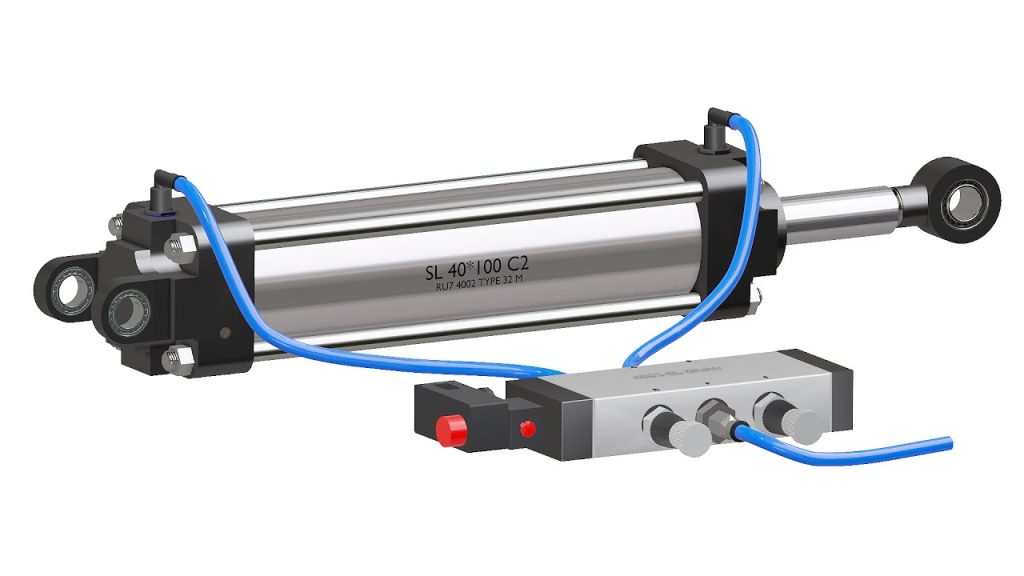In the modern world of engineering and automation, efficiency and reliability are vital for smooth operations. One of the most important components enabling precise movement and controlled motion is the pneumatic cylinder. These devices transform compressed air into mechanical energy, offering powerful and efficient motion control for a wide range of applications. Designed for durability and performance, pneumatic cylinders play an essential role in modern machinery and automated systems.
What Are Pneumatic Cylinders?
A pneumatic cylinder, also known as an air cylinder, is a mechanical device that uses compressed air to produce a force in a linear or rotary motion. This energy conversion makes it a key part of systems requiring consistent, clean, and controlled motion.
Key Features Include:
- Compressed Air Power: Operates using air pressure rather than electricity or hydraulics.
- Linear and Rotary Motion: Provides smooth and repeatable movement.
- High Force Output: Delivers strong motion control with minimal energy consumption.
- Durable Construction: Made with robust materials for long-lasting performance.

Types of Pneumatic Cylinders
Different designs of pneumatic symbols cylinders are developed to meet diverse industrial needs, providing flexibility and functionality across multiple sectors.
Common Types Include:
- Single-Acting Cylinders: Use air pressure in one direction and a spring return in the other.
- Double-Acting Cylinders: Apply air pressure in both directions for continuous movement.
- Rotary Cylinders: Create rotational motion instead of linear movement.
- Compact Cylinders: Ideal for applications with limited space.
- Telescopic Cylinders: Provide extended strokes in minimal space for special applications.
Each type offers unique advantages depending on the motion requirements and environmental conditions.
Applications of Pneumatic Cylinders
Pneumatic cylinders are used across industries due to their reliability, speed, and energy efficiency. They ensure accurate performance in both simple and complex mechanical systems.
Key Applications Include:
- Automation Systems: Control movement in robotic and assembly operations.
- Manufacturing: Power material handling, pressing, and sorting equipment.
- Transportation: Support mechanisms in braking, lifting, and door control systems.
- Packaging and Printing: Enable consistent and rapid motion in production lines.
- Construction Tools: Provide efficient power for air-driven equipment.
These versatile applications make pneumatic cylinders indispensable in both industrial and commercial environments.
Benefits of Using Pneumatic Cylinders
The widespread use of pneumatic cylinder is due to the numerous advantages they bring to engineering and automation.
Main Benefits Include:
- Clean and Safe Operation: Uses compressed air, free from contaminants or flammable substances.
- High Speed and Efficiency: Delivers fast and responsive motion control.
- Cost-Effective Solution: Requires minimal maintenance and offers long operational life.
- Durable and Reliable: Withstands harsh environments and continuous usage.
- Simple Design: Easy to install, replace, and maintain.
Conclusion: Drive Performance with Pneumatic Precision
Pneumatic cylinders represent a perfect blend of power, precision, and durability. They have become a cornerstone in engineering systems that demand accurate motion control and consistent performance. As industries move toward more automated and sustainable technologies, pneumatic cylinders continue to lead the way with efficiency and dependability. Investing in high-quality pneumatic cylinders today ensures a future of enhanced productivity, safety, and innovation.
